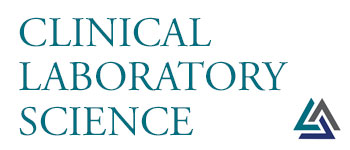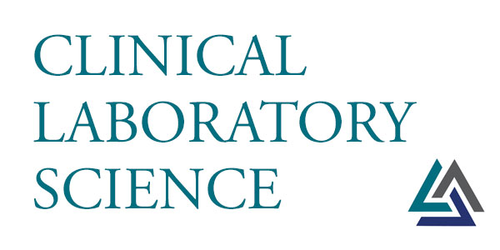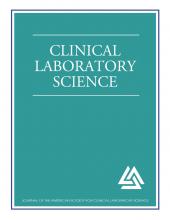This article requires a subscription to view the full text. If you have a subscription you may use the login form below to view the article. Access to this article can also be purchased.
- ↵* Corresponding author; email: rrohde@txstate.edu
Abstract
Antimicrobial resistance (AMR) is a complex issue that has currently reached a dangerous tipping point. The nature of this critical public health and healthcare problem has two primary components: 1) the emergence of diverse AMR pathogens, and 2) the alarming rapid spread of these AMR pathogens in a wide array of geographic and densely populated regions. The adaptation and survival of these dangerous pathogens is associated with ongoing and increasing natural selective pressure as it relates to human, animal, and environmental health settings. The primary drivers for this mounting trend of AMRs include, but not limited to, changing patterns of pathogen epidemiology, emergence of drug-resistance genes, animal husbandry, antimicrobial use / stewardship, population mobility, increased rates of human urbanization, and the movement and ease of products and goods across global settings. Simply stated, AMR pathogens are incredibly versatile biological entities at adaptation to every natural (and unnatural) niche known and make themselves at home regardless of where they land. Understanding AMRs is critical to curbing their ongoing global drift. For this special article, we will address the emergence and spread of AMR pathogens from a medical laboratory and public health lens, and how this new threat affects the ever-evolving relationship between hosts and pathogens.
- Received May 21, 2018.
- Accepted May 22, 2018.
- Published by American Society for Clinical Laboratory Science






